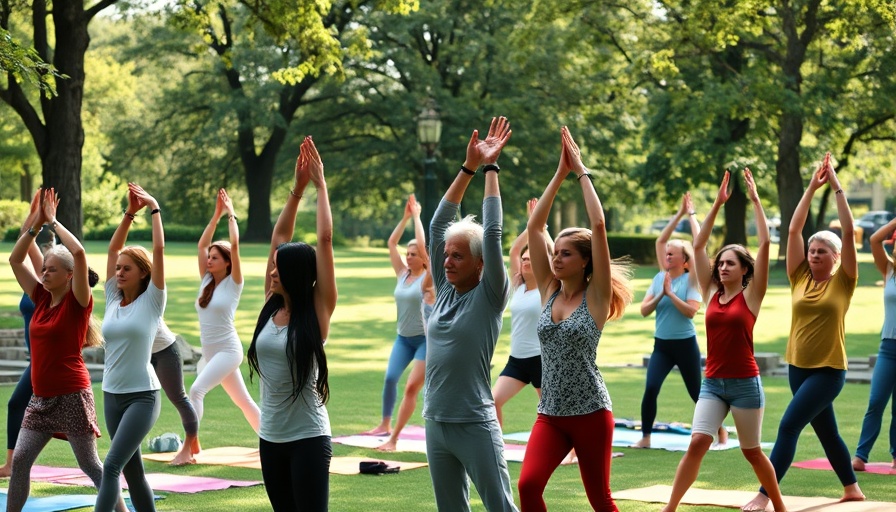
Exploring the Hidden Dimensions of Transnational Yoga
Christopher Jain Miller's new book, Embodying Transnational Yoga: Eating, Singing, and Breathing in Transformation, challenges the conventional focus on yoga postures by exploring the enriching cultural practices that accompany yoga’s global journey. While many associate yoga primarily with physical postures or 'āsanas', Miller's research delves into how dietary practices, musical expressions, and breathing techniques shape the contemporary landscape of yoga across the world.
The Solutions in Singing and Diet
One of the book's key ideas is the powerful role of food and music in crafting yoga’s global resonance. Drawing insights from diverse ethnographic sites in New York, Hawaii, and India, Miller highlights the interconnected web of influences that dietary habits and musical traditions exert on yoga. For instance, in New York's Yoga Anand Ashram, founded by Gurani Anjali in the 1970s, the integration of vegetarian cuisine with yogic principles played a crucial part in attracting and engaging newcomers. This approach mirrored the broader environmental and food justice movements of the time, enhancing the cultural appeal and accessibility of yoga.
Future Predictions and Trends in Yoga Practices
As yoga continues to expand globally, Miller envisions a future where alternative yogic practices will gain prominence. He suggests that the emphasis on holistic practices such as diet control, music, and respiratory routines will open new avenues for understanding spiritual and cultural dimensions of yoga. These emerging trends in yoga encourage a more inclusive understanding, embracing diverse cultural influences that help practitioners connect deeper with both themselves and their environments.
Unique Benefits of Understanding These Practices
Gaining insights into these multifaceted elements of yoga can transform personal practice and enhance community wellness. The embodiment of these practices unlocks a broader potential in yoga—moving beyond physical benefits to truly enriching mental and emotional well-being. Engaging in yoga through such alternative practices offers a richer, more culturally contextualized experience, fostering inclusivity and deeper personal growth.
Miller’s work is a clarion call for a broader exploration of yoga, emphasizing an understanding that transcends mere physicality and embraces the profound cultural stories that yoga embodies across borders.
 Add Row
Add Row  Add
Add 




 Add Row
Add Row  Add
Add 

Write A Comment